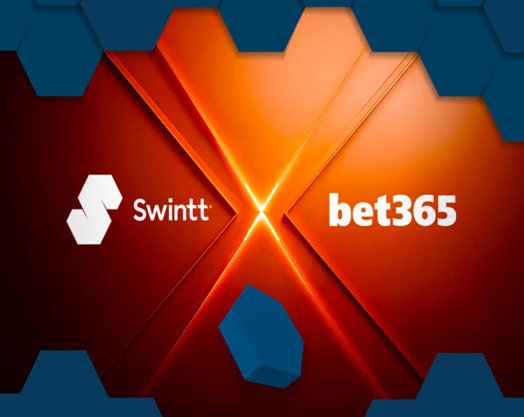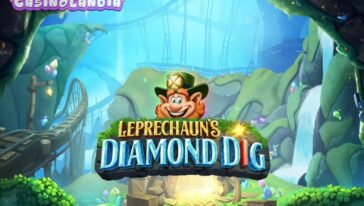- Big Wins/Jackpots
- Game Providers
- New Slots
Play’n GO Launched Moon Princess Stargazing
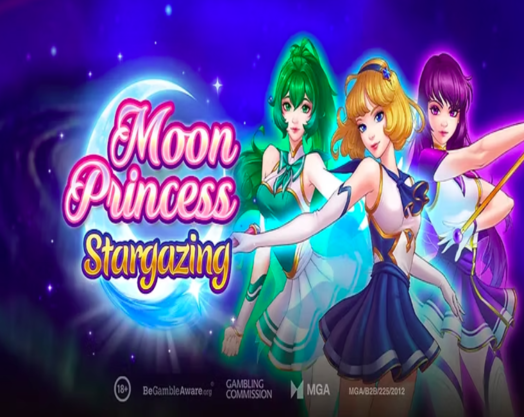

Play'n GO Launched Moon Princess Stargazing
Play'n GO has returned to its long-standing Moon Princess series with a new release that shifts the tone and format of the franchise while retaining its core structural logic. Moon Princess Stargazing enters familiar territory only to reconfigure it, taking earlier mechanics and expanding them within a cold-space narrative that trades past warmth for silence, symmetry, and systemised tension.
This new chapter positions the player far beyond the familiar, with the setting drifting into the edges of the solar system, amid the Kuiper Belt's cold geometry. While the spatial frame might seem decorative at first, it has been used deliberately. The aesthetic informs the mechanics just as much as it supports them. Beneath the surface of animated constellation lines and planetary abstractions is a grid slot defined by its timing, pacing, and reliance on cascading logic.
Moon Princess Stargazing
Returning to the foreground are Star, Nova, and Astra, characters who have appeared in different forms throughout the series. What distinguishes them here is not only their continued presence but the way their functions have shifted. Each one still controls a separate in-game ability, triggered randomly or as part of a bonus, but the interplay between them is more carefully controlled. The effects aren't simply enhancements but act as signals of the game's internal structure.
Where earlier Moon Princess titles leaned heavily into repetition and volatility, Stargazing introduces more procedural pacing. It incorporates a system where constellation positions on the 5×5 grid serve as targets that, when completed, release a fixed prize. This adds a layer of progression and visual clarity that builds over time, creating a form of spatial persistence. Each marked cell serves as both memory and strategy.


The multiplier structure, previously linked almost exclusively to sequence-based clearing, has now been tied to grid positioning. Certain cells increase in value each time they are involved in a win, offering a more nuanced reward cycle. These aren't instant benefits, but gradual build-ups. Combined with the constellation completion system, the result is a dual-layered reward map: one visible through win tracking, the other embedded in the grid's spatial memory.
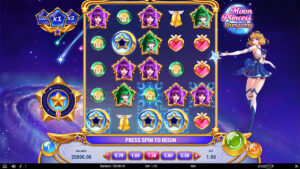

What's notable in this release is the removal of overt storytelling in favour of a rhythm-based design. The game does not convey narrative through text or dialogue, but instead allows the animation, pacing, and transformation of the board to tell the story. The quiet nature of the setting, the void beyond Neptune, is echoed in how restraint replaces overstatement. The Princesses are present, but not overly animated. The action is built around the logic of the grid rather than cinematic excess.
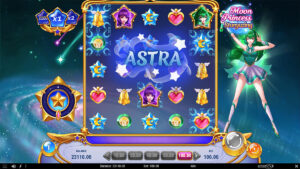

With this release, Play'n GO is refining its internal IP strategy by giving familiar titles space to grow. Rather than flooding the series with sequels that replicate the same form, they've attempted a quieter pivot—changing the context, tweaking the structure, and observing how players respond. If the original Moon Princess was designed to introduce a stylised hybrid of match-based mechanics and character-based bonuses, then Stargazing functions as a reflective entry. It observes the existing structure and adds layers rather than taking shortcuts.
Play'n GO's Brand New Slots
Check Out These Recently Released 10 Games By Play'n GO

